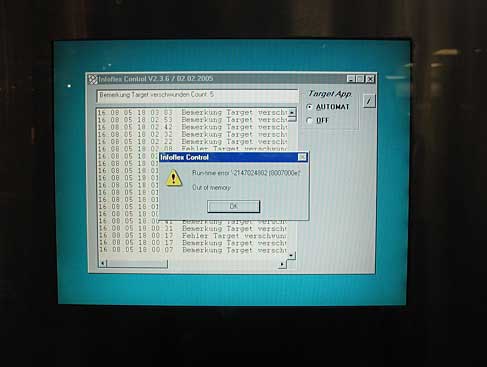Well, well. This from Good Morning, Silicon Valley…
Massachusetts has announced plans to back OpenDocument, an open file format for saving office documents such as spreadsheets, memos, charts, and presentation. In an announcement made Wednesday, state representatives said that to ensure their wide accessibility in the future, all government documents must be created in open formats by 2007. The proposal has vast implications, for the state and for open standards. “Given the majority of Executive Department agencies currently use office applications such as MS Office, Lotus Notes and WordPerfect that produce documents in proprietary formats, the magnitude of the migration effort to this new open standard is considerable,” state officials wrote in a document laying out the new strategy. “Agencies will need to develop phased migration plans with a target implementation date of January 1, 2007. In the interim, agencies may continue to use the office applications they have currently licensed. Any acquisition of new office applications must support the OpenDocument standard.”
For Microsoft, whose Office suite accounts for as much as 30 percent of its revenues, news that a populous state dumping its software is decidedly unwelcome. “I think it would be pretty risky for the state of Massachusetts to go in a direction like this without a clear look at the costs first,” Alan Yates, general manager of Microsoft’s Office division, told the Financial Times. “It would seem to me that before taking such a big shift, they would look into it further.”
Well, he would say that, wouldn’t he! But this is just an interesting illustration of a trend we’ve been seeing for some time.



